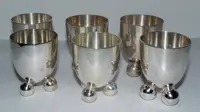A brief history of ship propulsion
By Kiron Kasbekar | 09 Jan 2024
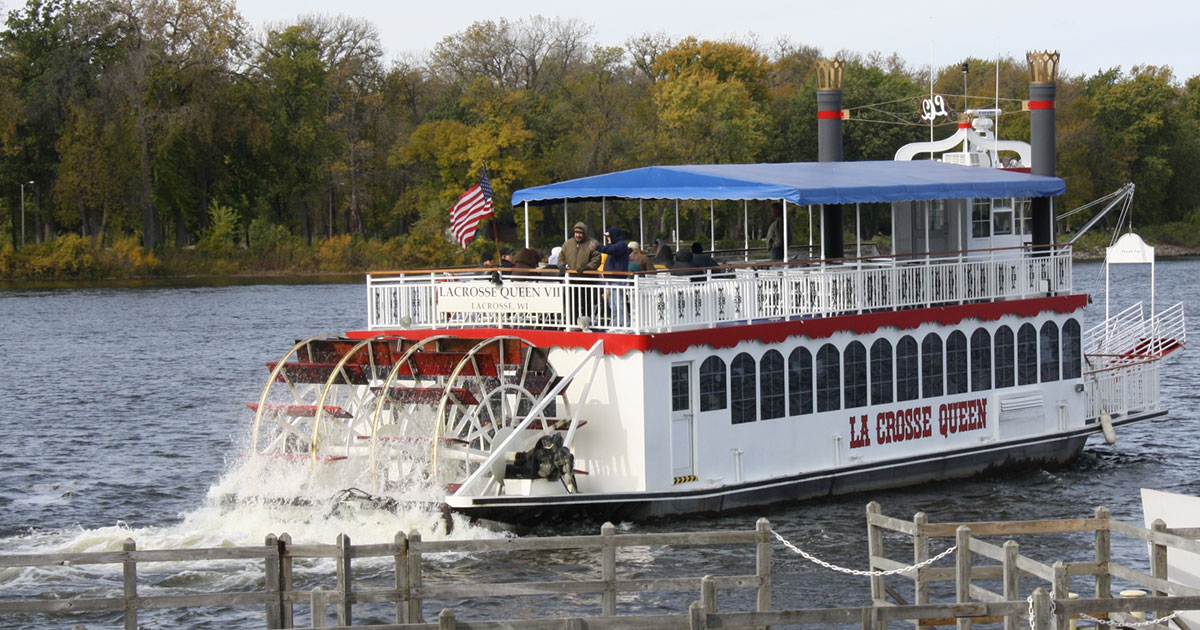
The evolution of ship propulsion systems from oars to nuclear power
Ships have played a crucial role in the development of human civilization, enabling exploration, trade, warfare, and the transportation of goods and people across the world's oceans, rivers, and seas and, sadly, warfare too. And throughout history, shipbuilders have constantly sought more efficient and powerful methods to drive big and small vessels through the water.
Ancient propulsion methods
- Oars
It all began with oars, or paddles, the earliest forms of propulsion over water, which relied on human muscle power. Rafts made from logs tied together were also propelled by wooden poles that touched the river or lake bottom and gave the raft a push forward.

Oars were used by ancient civilizations, including the Egyptians, Greeks, and Romans, to row ships across water bodies. Oared vessels, such as triremes and galleys, were highly maneuverable and played a crucial role in naval warfare.
- Sails

People began using the wind to propel boats and ships from ancient times. The way in which this was done was to unfurl sails made of some sturdy fabric, such as canvas, and use the sails to catch the wind that would propel the vessel forward or even in a leftward or rightward direction. This marked a significant advancement in ship technology. Sailing ships emerged in Egypt and Mesopotamia around 3500 BC.
With the use of sails sailors could travel longer distances over water than they were able to do earlier. Over time a variety of sails were tried out, from square sails to triangular sails, to improve sailing efficiency.
- Carracks, caravels and galleons
-wiki.jpg)
During the 15th century, Portuguese shipbuilders pioneered the development of a revolutionary vessel known as the caravel. These were mid-sized ships with two or three masts over which triangular sails were strung. They were fast vessels and required only a modest crew.
Portuguese and Spanish explorers used caravels as pivotal ships for navigating uncharted waters during the Age of Exploration.
Caravels offered superior speed and maneuverability, although they had reduced cargo capacity. Both the Niña and the Pinta, the ships Christopher Columbus used on his 1492 expedition to the Americas on behalf of Spain, were caravels. The Santa María, also part of that voyage, was a larger vessel, a carrack.
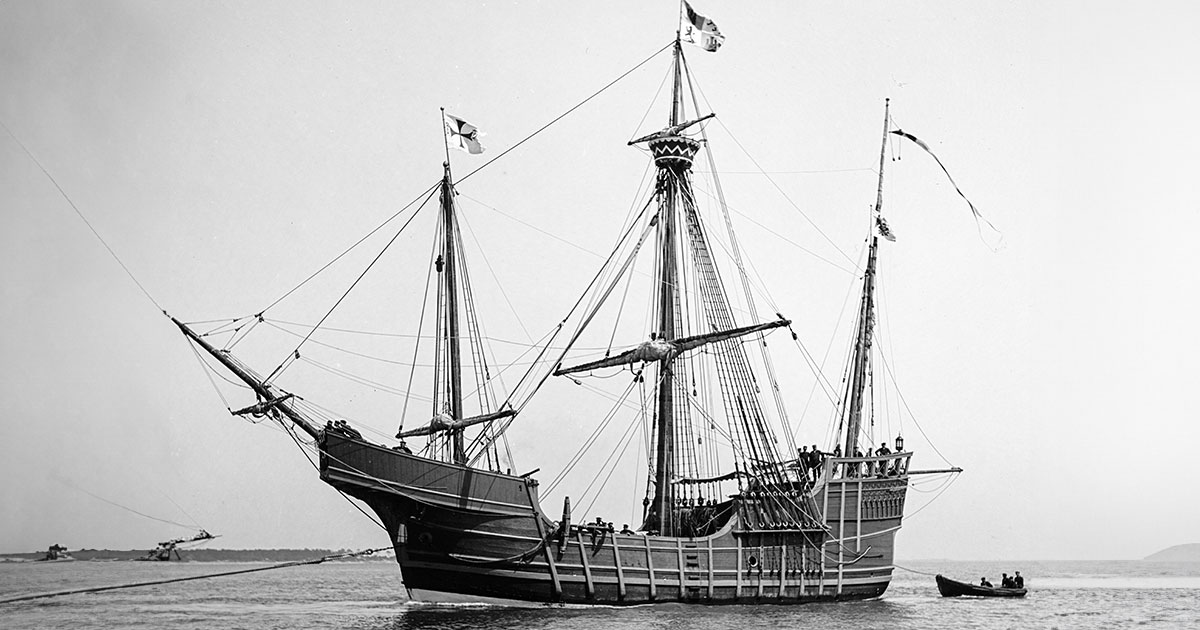
Carracks were another class of ships crafted by Portuguese shipbuilders during the 15th century. They were grander in size than caravels and featured three or four masts adorned with square and triangular sails. Although carracks lacked the agility of caravels, they proved to be more resilient in stormy waters. Also, because of their large holds, or storage spaces below deck, Portuguese and Spanish crews favored carracks for extended journeys, such as those made to the lucrative spice markets of Asia.
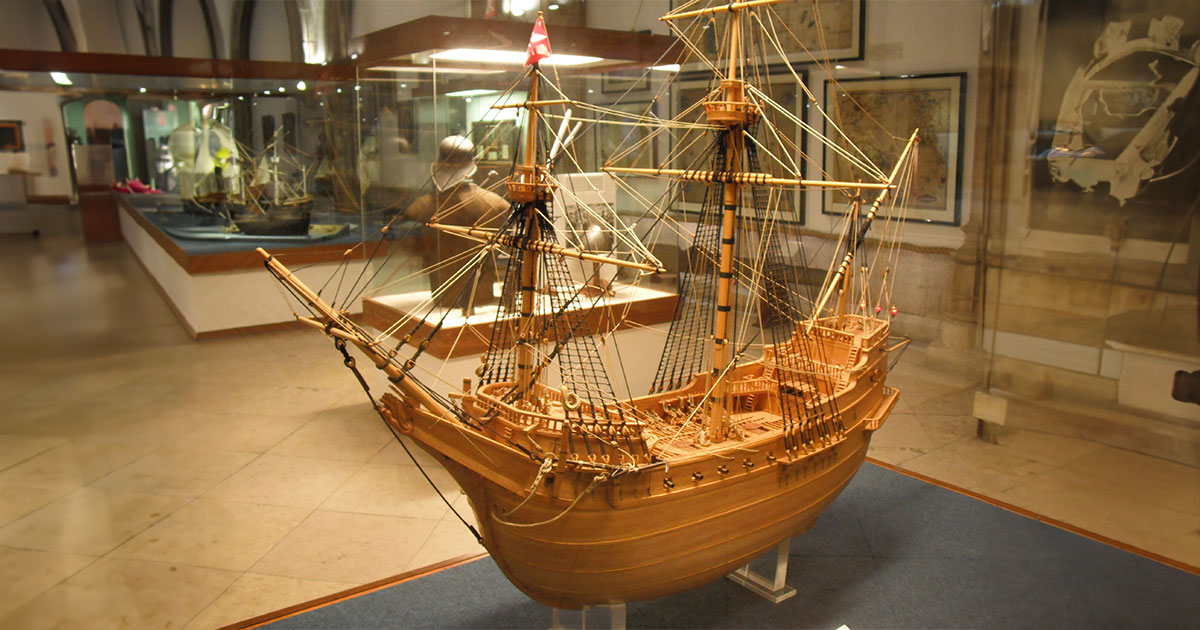
The Victoria was the first ship known to circumnavigate the globe. Led by Portuguese sailor Ferdinand Magellan from 1519 until his untimely demise in 1521 during an encounter in the Philippines, and after that, the ship continued its epic voyage without him and completed its circumnavigation in 1522.
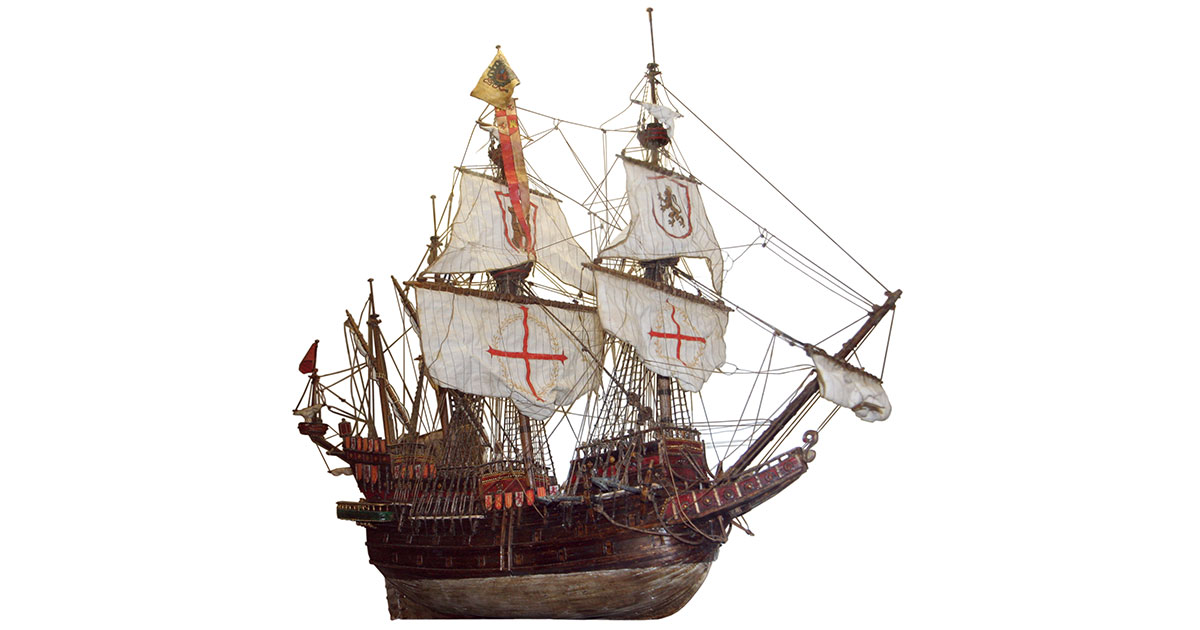
Then came the galleons, which supplanted the carracks. Galleons could carry cargo and heavy cannons while still being faster and more maneuverable than carracks. A Spanish galleon, a larger type of galleon, could accommodate as many as 60 cannons.
Galleons served as cargo vessels well into the 19th century in the European maritime landscape. But while they were formidable in naval warfare, their combat role waned after the Age of Exploration ended as sleeker and more advanced warships were brought in to service.
The transition to steam power
A revolutionary change occurred in ship propulsion with the invention of the steam engine. The steam engine, initially developed for industrial purposes, was adapted for use in ships.
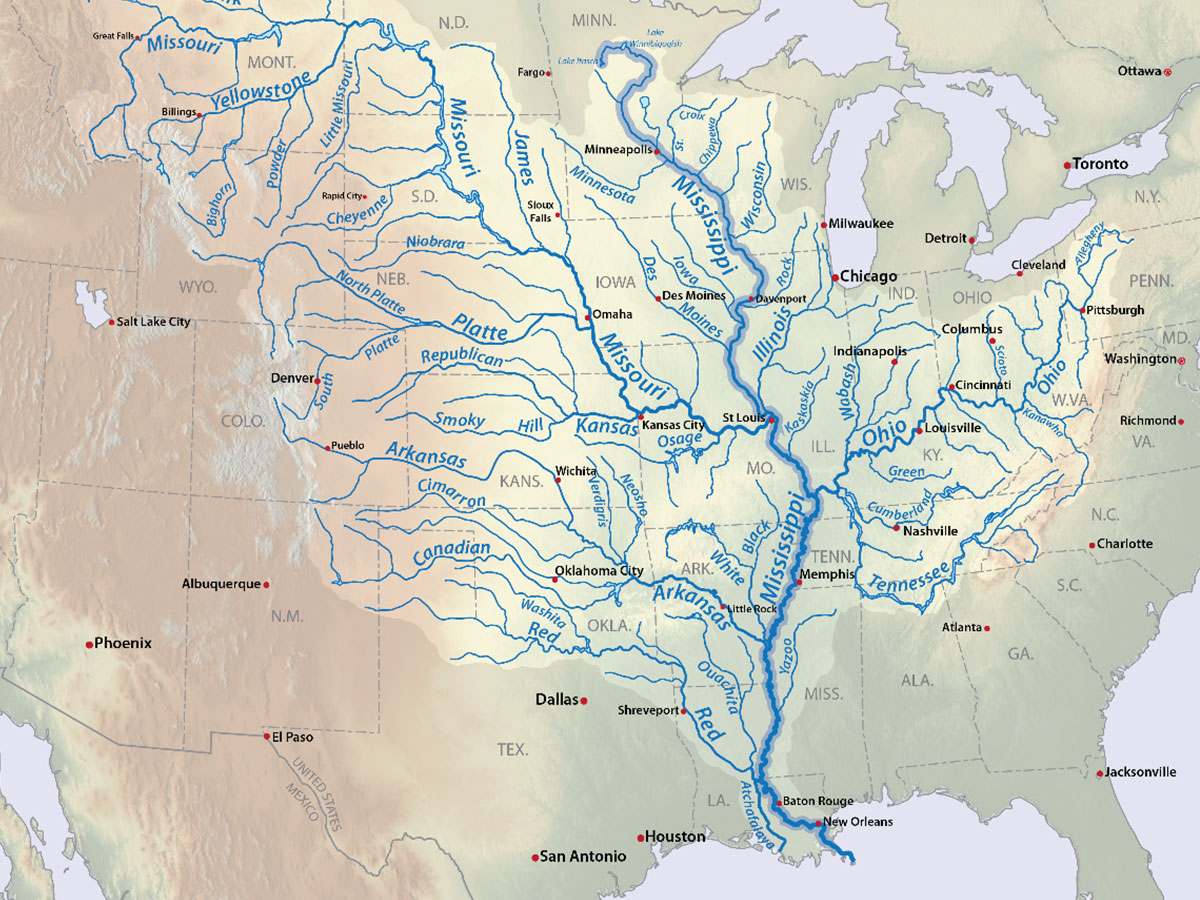
Paddlewheel steamers: The earliest steam-powered ships, known as paddlewheel steamers, featured large, rotating paddlewheels on each side of the vessel. These wheels were powered by steam engines and provided propulsion by churning the water. The Clermont, built by Robert Fulton, is often considered one of the first commercially successful paddlewheel steamers, operating on the Hudson River in America in 1807.

Screw propellers: While paddlewheel steamers were efficient in rivers and calm waters, they were less practical for ocean-going vessels. The development of the screw propeller, a twisted blade that pushed water backward to generate forward thrust, was a significant breakthrough. In 1843, the USS Princeton, John Ericsson's screw propeller-driven ship, demonstrated the superiority of this propulsion method.
Clipper ships: In the mid-19th century, the clipper ship emerged as a response to the growing demand for faster and more efficient ocean travel. These ships had sleek hull designs, multiple masts, and a combination of square and fore-and-aft sails. They excelled in speed and were used for carrying high-value cargo and passengers.

In 1923, Berry Bros. & Rudd, a British wine and spirit merchant firm, decided to develop a new whisky for American drinkers. And they named it the Cutty Sark, after a clipper ship that made headlines when it docked in London.
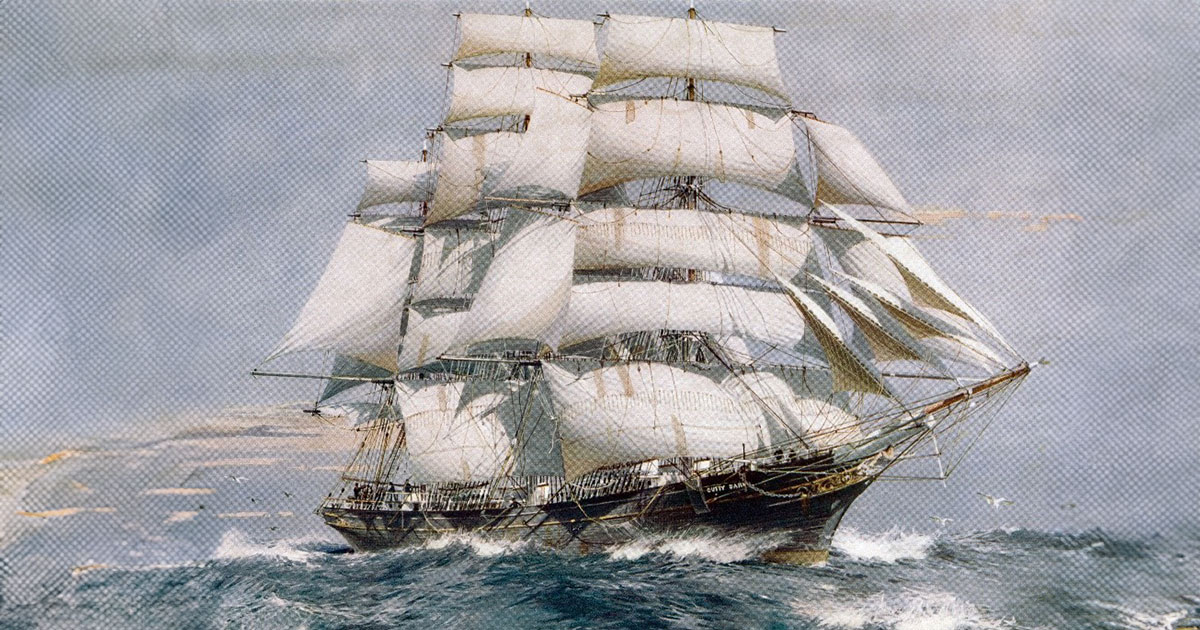
Transition to iron and steel: Advancements in materials also played a role in ship propulsion. The use of iron and later steel for ship construction provided greater strength and durability, allowing for larger and more powerful steam engines.
Transatlantic steamship services: The mid-19th century saw the establishment of regular transatlantic steamship services, connecting Europe and North America. Ships like the SS Great Western and the RMS Britannia were among the pioneers of this era. These steamships greatly reduced the time required for ocean crossings and contributed to the globalization of trade and travel.
The rise of internal combustion engines
The diesel engine: In 1903 the reciprocating marine diesel engine first began to be used when the diesel electric river tanker Vandal was put into service by Branobel. Diesel engines began to offer greater efficiency than steam turbines, but their use was constrained for many years because they had an inferior power-to-space ratio. With the advent of turbocharging permitting greater power densities their adoption rose.

So while steam engines remained dominant in the early 20th century, internal combustion engines, specifically diesel engines, began to gain prominence. The reason: they offered a more fuel-efficient and compact alternative to steam engines.
Diesel-electric systems: Then the combination of diesel engines with electric propulsion systems marked a further advance in marine engineering technology. Diesel-electric propulsion, which involved using diesel engines to generate electricity for electric motors, offered greater efficiency and flexibility. This technology was adopted by many early 20th-century ships, including submarines and some other naval vessels.
The use of petroleum-based fuels, such as diesel and heavy oil, expanded the adoption of internal combustion engines. Oil was more energy-dense and easier to handle than coal, the primary fuel for steam engines.
The advent of nuclear propulsion
The year 1954 marked a turning point in naval history with the arrival of the USS Nautilus, the world's first nuclear-powered submarine. Unlike conventional (non-nuclear) submarines, which were constrained by oxygen-hungry diesel engines and dwindling batteries, the Nautilus could remain submerged and travel at high speeds, for an indefinite periods of time without coming to the surface. And all thanks to its nuclear reactor, fueled by a tiny amount of enriched uranium.
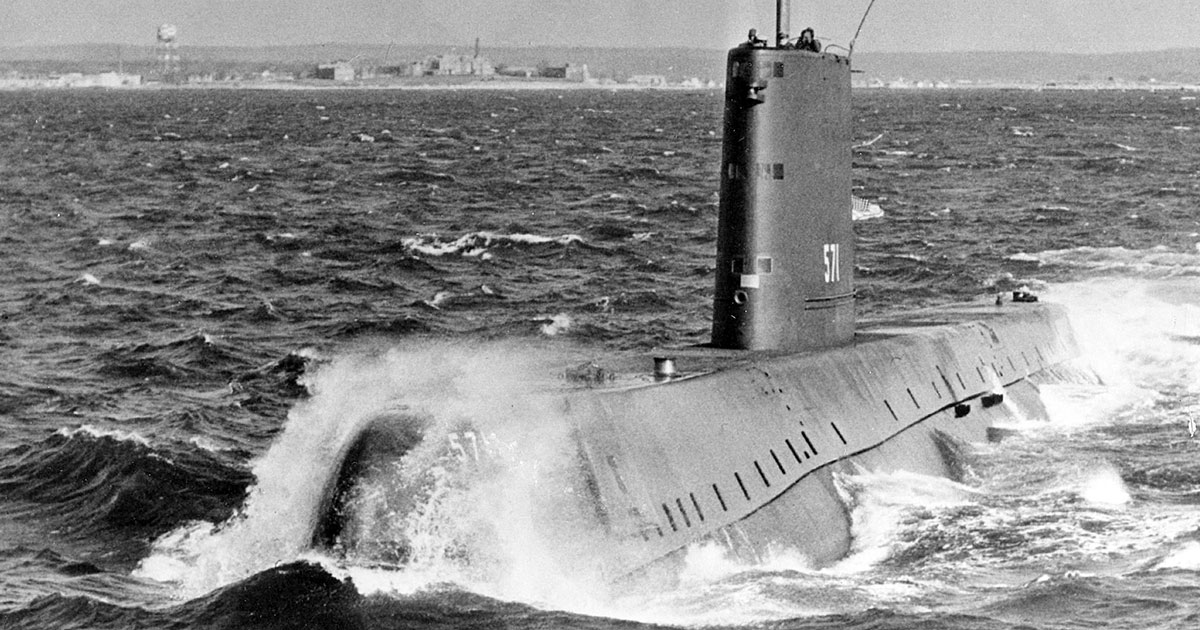
This was a game-changer, for earlier submarine attacks had to delicately adjust between stealth and conservation. To avoid draining their batteries, they approached targets on the surface, submerging only at the last minute. And the final dive had to be very slow, at two or three knots, to stretch the battery's life. The commander then had to conserve the remaining charge, relying on a burst of underwater power (and a brief sprint at seven to ten knots) to escape the counterattack. But even at this top speed the battery would sputter out in a couple of hours.
So pre-nuclear submarines were no match for fast surface ships like aircraft carriers and battleships.
On the other hand, nuclear submarines could now not only outrun any counterattack at top speed for as long as they pleased, they could also freely stalk their prey before striking and keep pace with even the fastest surface ships.

This newfound freedom was seen during the Falklands War in 1982, when a British nuclear submarine, HMS Conqueror, shadowed the Argentine cruiser General Belgrano for over 48 hours before sinking it with two perfectly aimed torpedoes.
While nuclear propulsion has been largely limited to military vessels, a few civilian ships have also adopted this technology. The NS Savannah, launched in 1959, was one such example. It served as a passenger and cargo ship. However, high operating costs as well as concerns about nuclear safety have limited the widespread adoption of nuclear propulsion for civilian vessels.
Other advances

Gas turbines: Gas turbines, which are essentially jet engines adapted for marine use, gained popularity in the latter half of the 20th century. These engines provided high power-to-weight ratios and were well-suited for fast and maneuverable naval vessels, such as destroyers and frigates.
Advances in propulsion efficiency: Recent decades have seen significant advancements in propulsion efficiency, including the use of advanced materials, computer-aided design, and fuel-saving technologies. Slow-speed diesel engines, often used in large container ships and bulk carriers, are designed for maximum efficiency and reduced environmental impact.
The future of ship propulsion
Alternative propulsion methods have been explored in response to environmental concerns and the need for more sustainable shipping. These include the use of LNG (liquefied natural gas) as a cleaner-burning fuel, wind-assisted propulsion systems like sails and rotor sails, and even hybrid systems combining different propulsion technologies for improved efficiency.
The future of ship propulsion holds exciting possibilities as the maritime industry continues to address environmental and efficiency challenges. Several trends and technologies are shaping the future of ship propulsion:
Hydrogen fuel cells offer a promising alternative to traditional fossil fuels. These cells generate electricity through a chemical reaction between hydrogen and oxygen, producing only water as a byproduct. Hydrogen-powered ships are being explored as a zero-emission solution for the shipping industry.
Battery technology has improved significantly, enabling the development of electric propulsion systems for ships. Electric propulsion offers zero-emission operation and is being considered for ferries, coastal vessels, and short-range passenger ships.
Continued advancements in materials science and design are leading to more efficient and environmentally friendly ships. Lightweight composites, improved hull shapes, and streamlined designs contribute to reduced fuel consumption and emissions.
Automation and AI technologies are being employed to optimize ship propulsion systems, monitor performance, and enhance fuel efficiency. Autonomous vessels are also being developed for specific applications.



